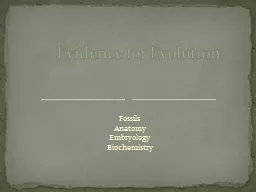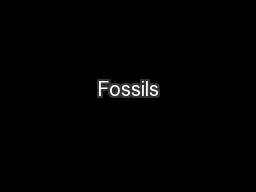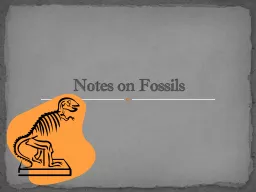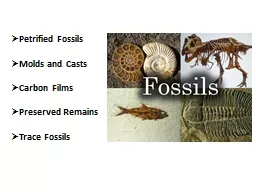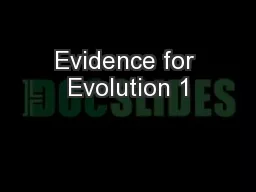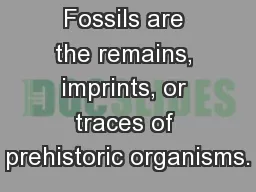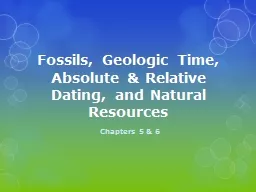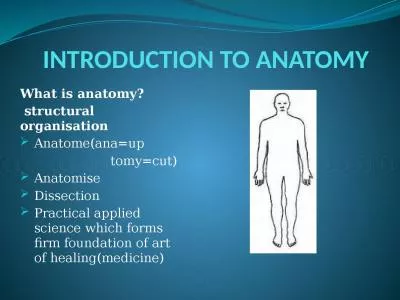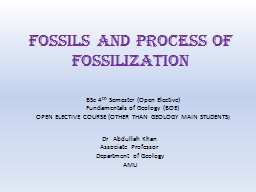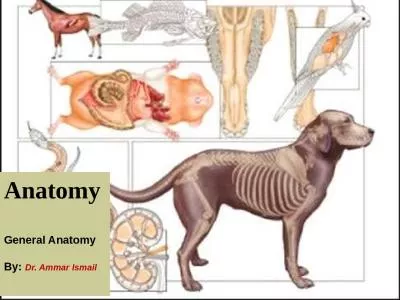PPT-Fossils Anatomy Embryology
Author : tawny-fly | Published Date : 2018-03-12
Biochemistry Evidence for Evolution Darwin Predicted Because new species form from existing species there should be intermediate stages found in the fossil record
Presentation Embed Code
Download Presentation
Download Presentation The PPT/PDF document "Fossils Anatomy Embryology" is the property of its rightful owner. Permission is granted to download and print the materials on this website for personal, non-commercial use only, and to display it on your personal computer provided you do not modify the materials and that you retain all copyright notices contained in the materials. By downloading content from our website, you accept the terms of this agreement.
Fossils Anatomy Embryology: Transcript
Download Rules Of Document
"Fossils Anatomy Embryology"The content belongs to its owner. You may download and print it for personal use, without modification, and keep all copyright notices. By downloading, you agree to these terms.
Related Documents

